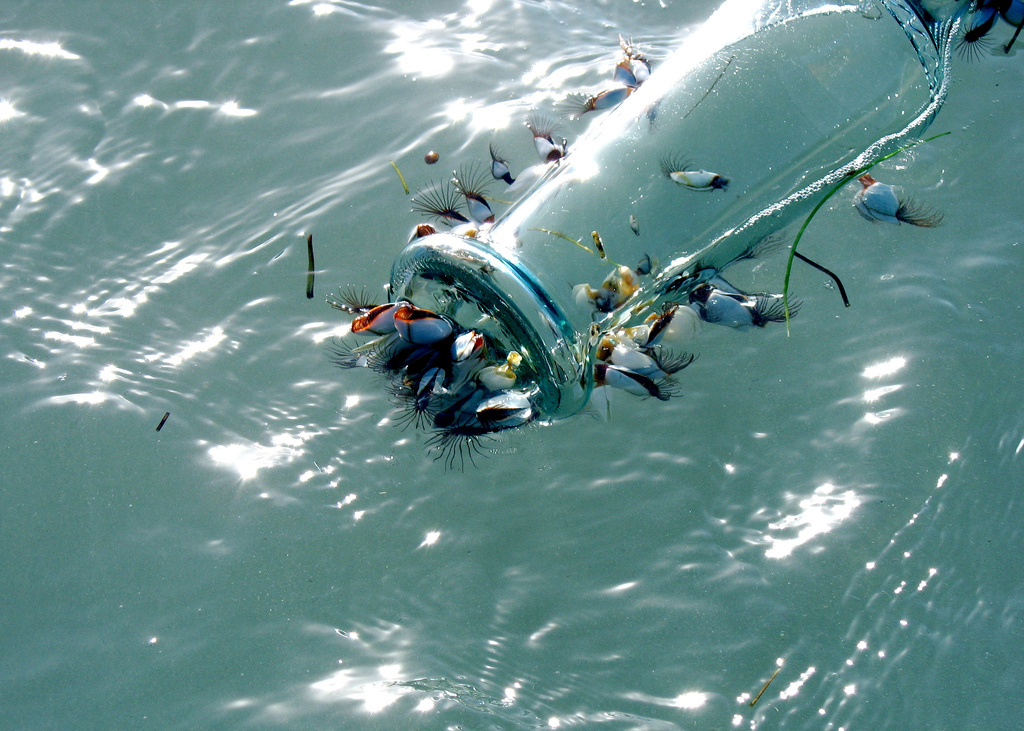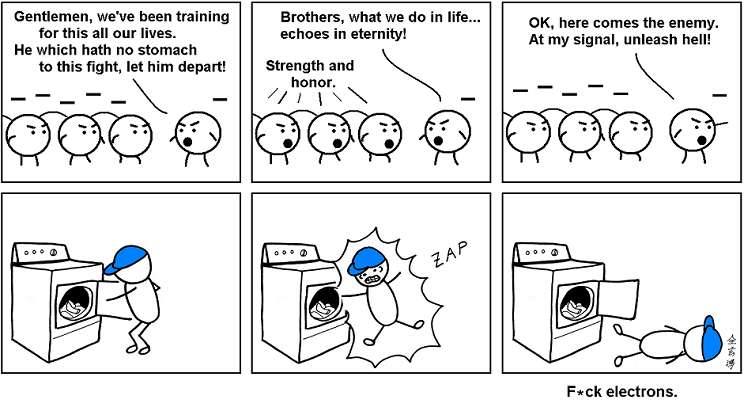Yesterday I stumbled on a Mancouch blog post (don’t ask) in which ‘the_static’ — a young mohawk-ed guy who rides motorcycles and plays video games — sings the glories of electronic cigarettes. E-cigs, in case you haven’t heard of them, are cigarettes without the smoke. You put in a few drops of a liquid nicotine solution (‘e-juice’), and a battery-powered ‘atomizer’ heats it up. You suck in the vapors to get your fix.
Static says e-cigs are “ridiculously cheaper” than regular cigs. (It’s true in the long run: the e-cig device runs $50-100, but the liquid refills cost about $2.50 for the equivalent of a pack of cigarettes. Regular cigs cost $4.50/pack in Virginia, and $11/pack here in tax-crazed New York.)
Plus, static says, the vapor “doesn’t stink,” and you don’t have to worry about those pesky smoking bans in bars and restaurants. “Of course, a few friends of mine teased me that I was smoking a ‘hippie cigarette’,” he writes. “But then it didn’t really matter when they had to step out of the club just to smoke while I continued socializing, enjoyed my drinks and kept my urges at bay with my new e-cig.”
Oh, snap!
Continue reading







